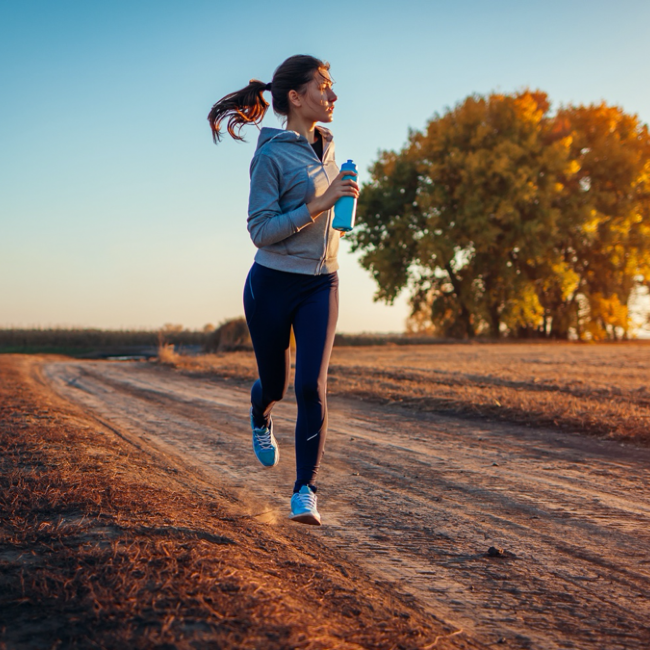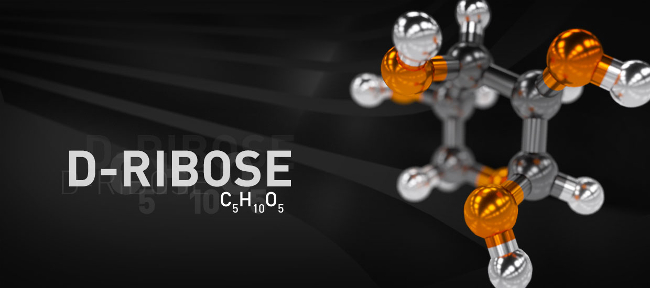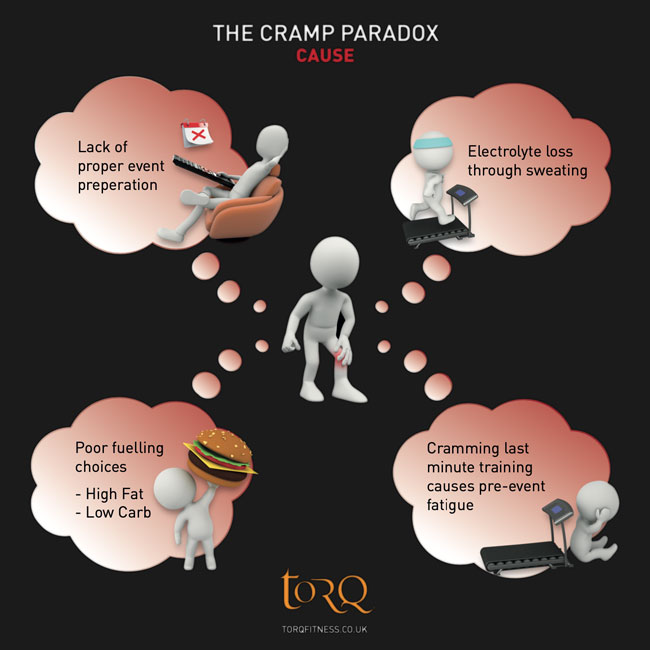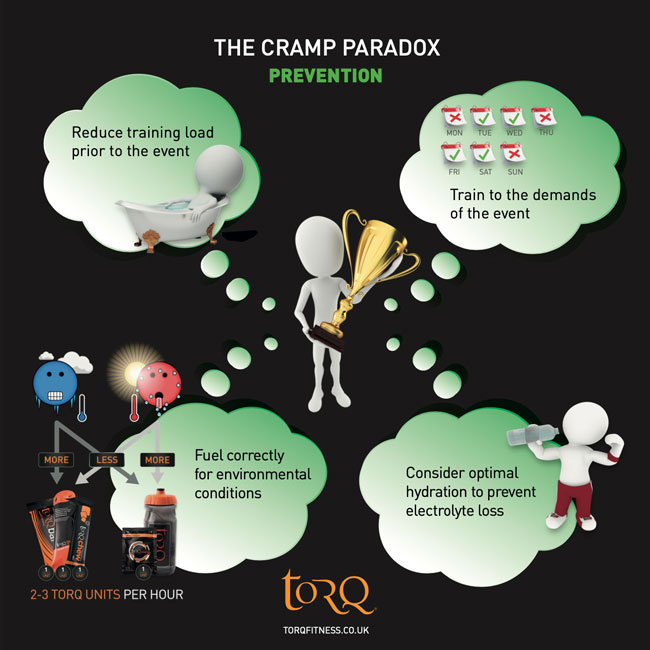Cramp, we’ve probably all had it and know what it feels like, but what is it? What causes cramp and what can we do to eliminate the dreaded eye watering spasms of muscle fibres during exercise?
This article will shed light on the paradox surrounding muscular cramps and how athletes can make small changes to reduce the potential of developing cramp during training sessions and race days.
Cramp is an involuntary and unwanted, powerful muscle contraction, which can happen at any time – day or night. Cramp can cause a sensation of extreme muscle tightening, which can last from a couple of seconds to, depending on the severity, even minutes. As the exact cause of muscular cramp is unknown, developing a strategy for treatment and prevention isn’t as easy as it may seem. However, many years of sport science research has provided us with data and some conclusions, which may help coaches and athletes to determine a potential cause for these unwanted muscular monsters!
To understand cramp, it’s important to have a baseline of understanding as to how a muscle works. For a voluntary muscle contraction to occur, a message must be sent from the brain via the central nervous system to the muscle. Once the message has arrived at the desired muscle, the electronic signal stimulates a number of biochemical reactions in the muscle cell. This in turn releases calcium into the muscle fibre and allows the contraction to commence. Immediately, we have isolated two components which could create a poor muscular environment and lead to the development of cramp; A poor electrical stimulus and low calcium muscular concentrations.
However, think back to a race day or a long training session, where your pre-event nutrition and preparation was perfect, but leading into the last section of the event, you cramped-up and had to carefully execute every stride or pedal rotation in order not to cramp. Even though you have hydrated correctly and focused on this during the event, something has happened during this final stage of the event that has caused the muscle not to function properly. It is likely that muscular fatigue may have a significant role to play in the development of cramp, because the muscle relies on neuromuscular messages (messages from the brain to the muscle) and if the brain becomes fatigued due to a lack of fuel (carbohydrate), or excessive use, it is likely that the quality of the action message will deteriorate and potentially lead to poor muscular function i.e. cramp.

Understanding that low calcium concentrations could have a link to the development of cramp, may suggest that training in hot conditions without proper hydration could limit performance. The reason for this, is because when we sweat, we don’t just release water. Within this water there are a number of electrolytes and minerals, which are fundamental to both muscular fuel delivery and message signalling from the nerves to the muscle cells. Once the concentration of calcium, sodium and other key electrolytes become depleted, it’s hardly surprising that muscle function decreases.
Don’t worry, cramp can be prevented and we will now explore some basic steps to ensure that you have all of the tools to avoid it. Some of these tools will form part of your training, and others may be more physical applications, such as hydration and energy drinks, which you can consume to ensure that you have plenty of the necessary electrolytes available to store and retain.
Training
Training your body to the conditions of the event, is one of the most important things you can do. This will ensure that when you arrive at your event, you are physically and mentally prepared for the challenge. By ensuring you know what to expect, you will also be aware of your limitations. This will then help you to make an informed decision as to whether you can afford to push harder, but equally, when you should start to hold back. From the perspective of cramp, if you involve the same amount of effort in your competition as you do your training, it is unlikely that you will expose your body to any unfamiliar territory, and therefore, the likelihood of developing cramp is reduced. The key message here is that you need to overload your muscles during some of your training sessions so that they are conditioned to cope with the stresses of competition – it’s not as easy as it sounds.

Nutrition
Your nutrition will play a significant role within cramp management. We have previously established that the brain and muscles both run on carbohydrate. Therefore, ensuring you have sufficient carbohydrate fuel to develop and translate an effective action signal from your brain, but also enough to fuel your muscles, will help protect you from cramp. Equally, hydration is important, as it controls many fundamental processes within the human body. The regulation of water allows for an electronically conductive environment, once again allowing for high-quality activation signals to arrive at the muscle.
Furthermore, to effectively absorb 1 molecule of carbohydrate (from the intestine to the blood), you will also require 260 water molecules and 2 sodium molecules. Therefore, if your exercise session is high in intensity or long in duration, you will need to ensure you are correctly fuelling from not only carbohydrate, but also plenty of water and electrolytes. Previously we mentioned how low calcium concentrations in the muscle could cause cramp. Calcium is an electrolyte often omitted from hydration drinks, but both TORQ Hydration and TORQ Energy drinks contain this important mineral along with the other key electrolytes, sodium, potassium, magnesium and chloride.
Rest and Recovery
It is important that you reduce your training volume before your race or event day. You will not benefit by cramming in “last minute training” before your event, as you will simply fatigue your body and arrive at your event in a tired and unmotivated state. Even if you haven’t done all of the training that you wanted to, take some time to reduce your training load, but maintain your intensity. This will then allow you to properly recover and refuel before you take your place on the start line. Through ensuring you are well rested and recovered, you will prime your muscles ready to perform, and as you’ll feel fresh, the likelihood of developing cramp is reduced.
Ribose

If you suffer from chronic cramp, you may be reading this article thinking, ‘but I’ve tried all these things, and nothing seems to work.’ Well, if this is you, then rest assured, we have one weapon in our arsenal ready to reveal and this comes in the form of a natural sugar called Ribose. Although the exact scientific justification for the effect of ribose supplementation on the reduction of chronic cramp symptoms is unclear; over the years, TORQ has worked with many athletes and anecdotally concluded that daily supplementation of ribose can significantly reduce the symptoms of this condition. Researchers have also suggested a link between ribose supplementation and cramp reduction in certain individuals who have a muscle enzyme deficiency which may predispose them to cramp. The proposed mechanism comes from the understanding that for any muscle to contract, the body must first produce an energy molecule called adenosine triphosphate (ATP). Once ATP is broken down, energy is released, and this fuels the contracting muscle. However, binding the ATP energy molecule structure together is the naturally occurring sugar, ribose. If resting concentrations of ribose are low, then it makes perfect sense to reason that it will become difficult for ATP to be produced and therefore have the potential to significantly limit muscular performance. If you would like to learn more about ribose please take a look at this LINK.
To help you to grasp a thorough understanding of this topic, we have produced the following infographics by way of a summary.


We hope you found this article informative. If you would like to learn more about TORQ’s fuelling, hydration and recovery products, please take a look at the links below. Alternatively, if you feel you would like to learn more about how to optimise your own performance through training and nutrition, you may wish to explore TORQ’s Performance Consultancy services.
Performance Consultancy: Click HERE for more information on the coaching and consultancy services we offer.
TORQ Fuelling System: Click HERE to learn how to fuel and hydrate effectively and flexibly depending on perspiration rates.
TORQRecovery System: Click HERE to learn about how the timing and type of nutrition consumed after exercise plays a critical role in your recovery.
TORQ Hydration Drink: Click HERE to learn how our Hydration product represents the fastest possible way to hydrate – significantly better than an electrolyte tablet.
TORQ Energy Drink: Click HERE to learn how an isotonic energy drink represents the perfect balance between fuelling and hydration for longer endurance efforts.
You may also find this article interesting: Isotonic, Hypotonic or Hypertonic?
Research References
Miles, M.P. and Clarkson, P.M., 1994. Exercise-induced muscle pain, soreness, and cramps. The Journal of sports medicine and physical fitness, 34(3), pp.203-216.
Schwellnus, M., Derman, E. and Noakes, T.D., 1997. Aetiology of skeletal muscle ‘cramps’ during exercise: a novel hypothesis. Journal of sports sciences, 15(3), pp.277-285.
Miller, T.M. and Layzer, R.B., 2005. Muscle cramps. Muscle & Nerve: Official Journal of the American Association of Electrodiagnostic Medicine, 32(4), pp.431-442.
Bergeron, M.F., 2008. Muscle cramps during exercise – is it fatigue or electrolyte deficit?. Current Sports Medicine Reports, 7(4), pp.S50-S55.
Schwellnus, M.P., 2009. Cause of exercise associated muscle cramps (EAMC)—altered neuromuscular control, dehydration or electrolyte depletion?. British journal of sports medicine, 43(6), pp.401-408.
Burke, E.R., 1999. D-Ribose, What You Need to Know. Avery Publishing Group. This review publication contains 46 references from selected peer-reviewed published research papers.





